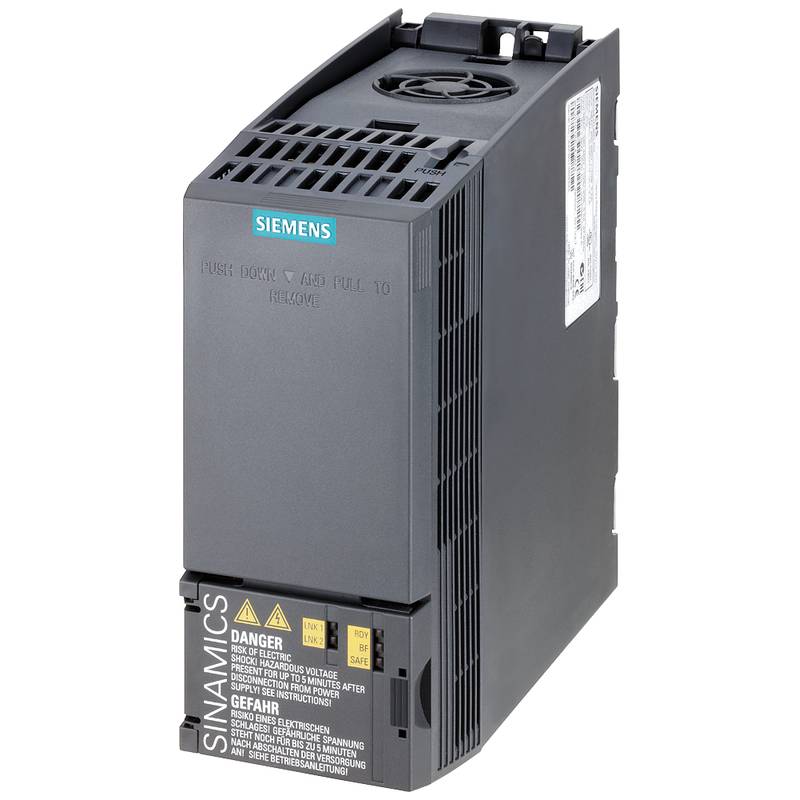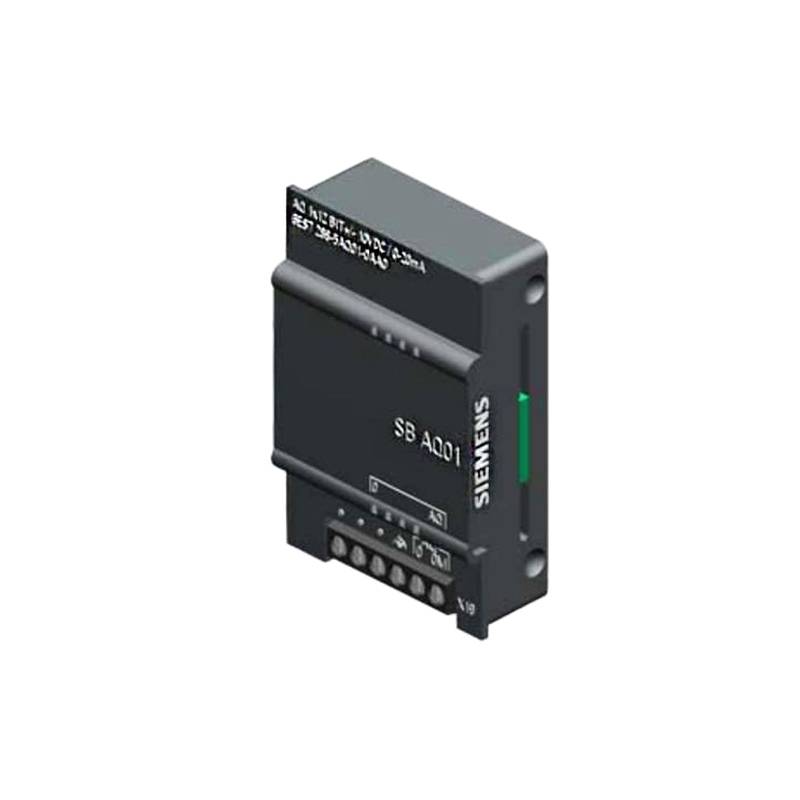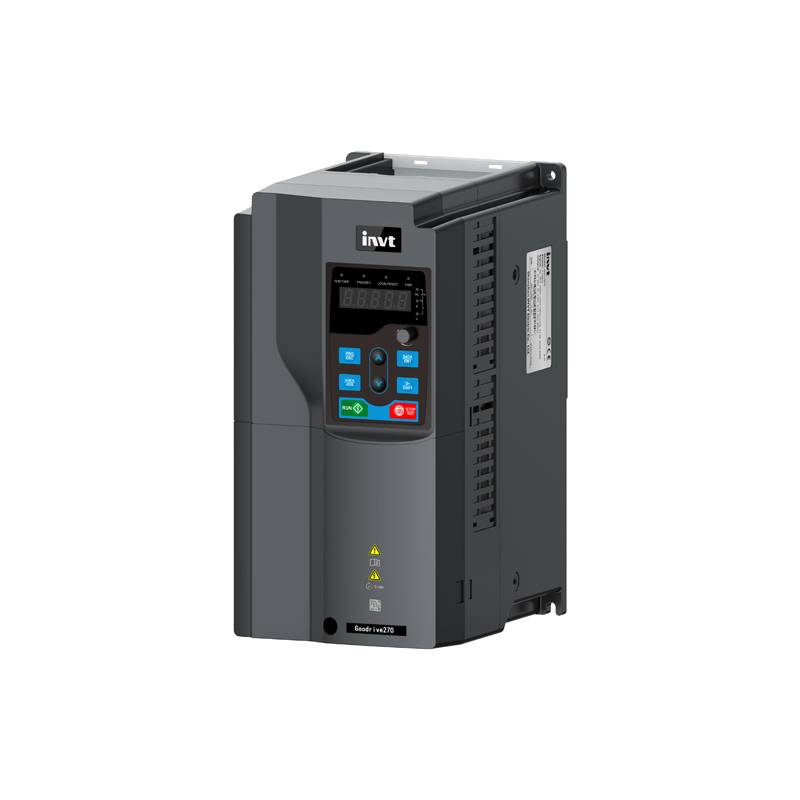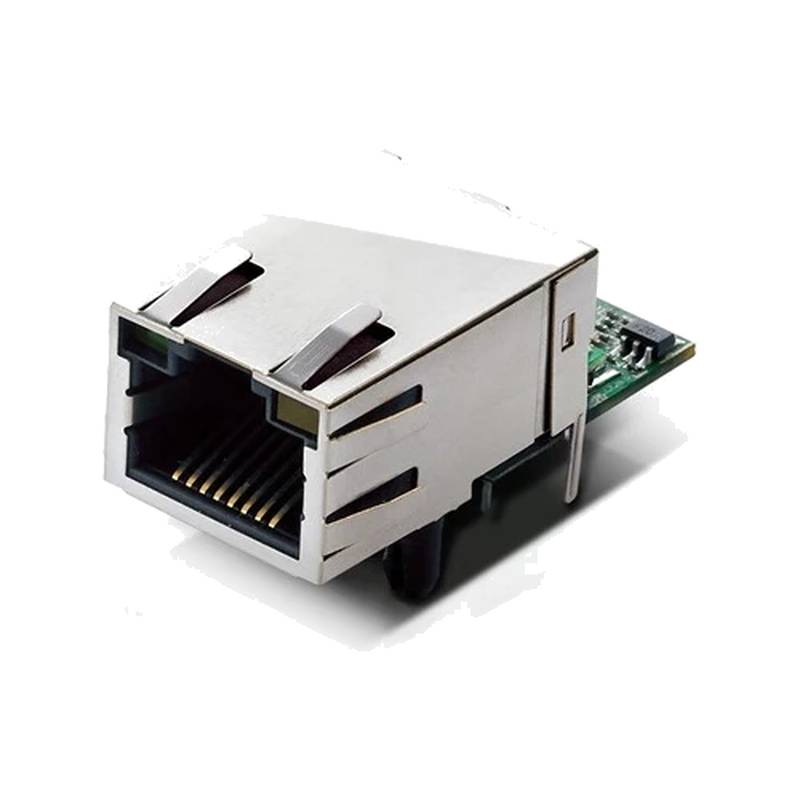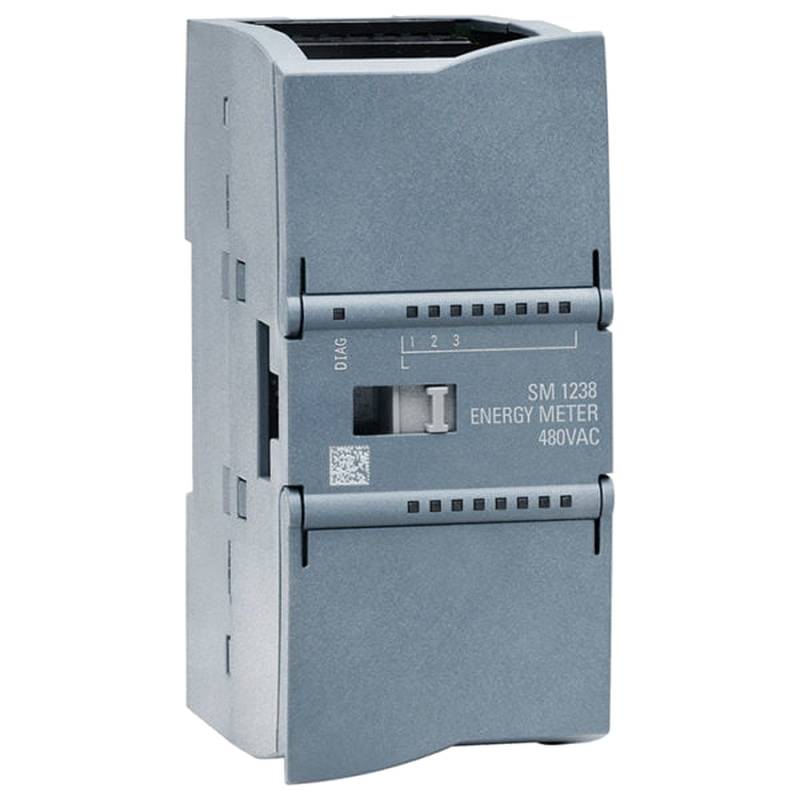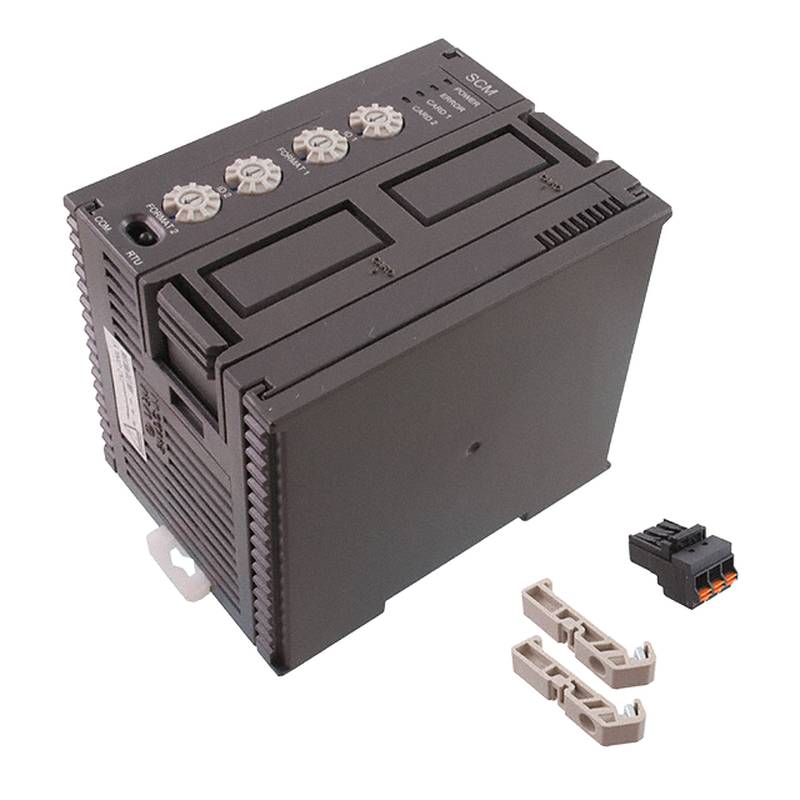
The Siemens 6SL3210-1KE21-7UF1 G120 Safety Drive is a high-performance variable frequency drive engineered for demanding machine control applications, offering robust safety features and precise motor control. This drive is distinguished by its integrated safety functions, a compact yet powerful design, and compatibility with advanced automation systems. Key technical specifications include an output current of 16.5A and a power rating of 7.5kW, making it suitable for a wide range of industrial machinery. Its ability to deliver precise speed and torque control, coupled with integrated safety, positions it as a crucial component for modern manufacturing environments focused on efficiency, safety, and flexibility.
Product Specifications
| Feature | Specification |
| :---------------------- | :--------------------------------------------- |
| Model | Siemens SINAMICS G120, CU240E-2 PN-2 DP |
| Article Number | 6SL3210-1KE21-7UF1 |
| Power Rating | 7.5 kW |
| Output Current | 16.5 A |
| Input Voltage | 380-480 V 3 AC |
| Protection Class | IP20 |
| Communication Interface | PROFINET, PROFIBUS DP |
| Safety Integrated | Yes (STO, SS1, SS2, SBC) |
| Frame Size | FSN |
| Control Type | Vector Control, V/f Control |
Core Features & Market Positioning
The Siemens 6SL3210-1KE21-7UF1 stands out in the competitive industrial drive market due to its inherent safety integrated within the drive itself, eliminating the need for external safety relays in many applications. This feature, compliant with safety standards like SIL 2 and PL d, significantly reduces system complexity and cost. The drive leverages advanced vector control algorithms for superior motor performance, ensuring precise speed and torque regulation even under dynamic load conditions. Its robust construction and high protection class (IP20) allow for reliable operation in harsh industrial environments. Furthermore, its seamless integration with Siemens' TIA Portal facilitates simplified engineering, commissioning, and diagnostics, positioning it as a leading solution for machine builders and system integrators seeking efficiency and advanced control capabilities.
Key Application Scenarios
The versatility and integrated safety of the Siemens 6SL3210-1KE21-7UF1 make it ideal for a broad spectrum of machine control applications across various industries. It is extensively used in material handling systems, such as conveyors and automated guided vehicles (AGVs), where precise speed control and emergency stop capabilities are paramount. In the packaging industry, it enhances the performance of filling, sealing, and labeling machines, ensuring high throughput and product quality. The drive also finds significant application in textile machinery, printing presses, and woodworking equipment, where dynamic response and reliable operation under varying loads are critical. Its robust safety features are particularly valuable in applications involving robotic cells and assembly lines, safeguarding personnel and machinery.
Practical System Integration Guidance
Integrating the Siemens 6SL3210-1KE21-7UF1 into a machine control system is streamlined through its native support for PROFINET and PROFIBUS DP, enabling efficient data exchange with PLCs and HMIs. For basic setup, engineers can utilize the drive's integrated keypad or the TIA Portal software for parameterization, including motor data, control modes, and safety functions. Wiring connections for power, motor, and digital/analog I/O are clearly labeled on the unit. Implementing safety functions like Safe Torque Off (STO) typically involves simple wiring to the designated safety terminals, with configuration managed via the drive's parameters. For advanced applications, commissioning often involves fine-tuning the vector control parameters for optimal motor performance and setting up communication protocols for diagnostics and data logging.
Operation and Risk Mitigation
Operating the Siemens 6SL3210-1KE21-7UF1 involves understanding its parameter settings and safety functions to ensure both optimal performance and personnel safety. The drive offers extensive diagnostic capabilities through its alphanumeric display and communication interfaces, allowing operators to quickly identify and address potential issues. Common troubleshooting involves checking for fault codes, which are clearly documented in the accompanying manuals. For instance, an "F0001" fault typically indicates an overcurrent condition, requiring an inspection of the motor load and drive parameters. Implementing safety functions like STO ensures that the motor can be safely de-energized, preventing unexpected starts and mitigating risks during maintenance or emergency situations. Regular firmware updates and adherence to recommended operating conditions are crucial for long-term reliability and risk mitigation.
Scalability & Long-Term Value
The Siemens 6SL3210-1KE21-7UF1 offers significant scalability and long-term value for industrial automation solutions. Its modular design, particularly the CU240E-2 control unit, allows for expansion with various option modules, such as additional communication interfaces or I/O extensions, enabling adaptation to evolving system requirements. Compatibility with Siemens' broader automation portfolio, including S7 PLCs and HMIs within the TIA Portal environment, ensures seamless integration into existing or future plant-wide control architectures. The drive supports advanced diagnostics and remote monitoring capabilities, paving the way for integration into Industrial Internet of Things (IIoT) platforms and predictive maintenance strategies. This future-proofing ensures that investments in these drives remain valuable as automation technologies advance.
Frequently Asked Questions
Q1: What is the primary advantage of the Siemens 6SL3210-1KE21-7UF1?
This drive integrates advanced safety functions directly, simplifying machine design. It provides precise motor control for demanding applications. Its robust construction ensures reliable operation in industrial settings.
Q2: What types of safety functions are integrated into this drive?
It supports critical safety functions like STO, SS1, SS2, and SBC. These ensure personnel safety by preventing unexpected machine movements. The integration reduces external safety component needs.
Q3: How is the Siemens 6SL3210-1KE21-7UF1 commissioned?
Commissioning can be done via the drive's keypad or TIA Portal software. Key steps include parameterizing motor data and control settings. Safety function configuration is also essential.
Q4: What communication protocols does this drive support?
It supports industry-standard protocols like PROFINET and PROFIBUS DP. This allows for seamless integration with various PLCs and automation systems. Efficient data exchange is a key benefit.
Q5: What is the power rating and output current of this drive?
The drive has a power rating of 7.5 kW. Its output current is rated at 16.5 A. These specifications suit a wide range of medium-power industrial motors.
Q6: Can this drive be used in harsh industrial environments?
Yes, with its IP20 protection class, it withstands typical industrial conditions. Robust design ensures durability and longevity. Proper enclosure is recommended for extreme environments.
Q7: How does the vector control feature benefit machine performance?
Vector control enables precise speed and torque regulation. It ensures excellent dynamic response and accurate positioning. This optimizes machine efficiency and product quality.
Q8: What are common fault codes for this drive?
Common faults include overcurrent (e.g., F0001) or overvoltage. These indicate issues with the motor, load, or power supply. Consult the manual for specific code explanations.
Q9: Is this drive compatible with older Siemens automation systems?
It offers compatibility with systems using PROFIBUS DP. For PROFINET, integration with modern Siemens controllers is straightforward. Check specific compatibility for older setups.
Q10: How does this drive contribute to Industry 4.0 initiatives?
It supports IIoT integration through its communication interfaces. Remote monitoring and diagnostics enable predictive maintenance. Data logging capabilities aid in process optimization.














